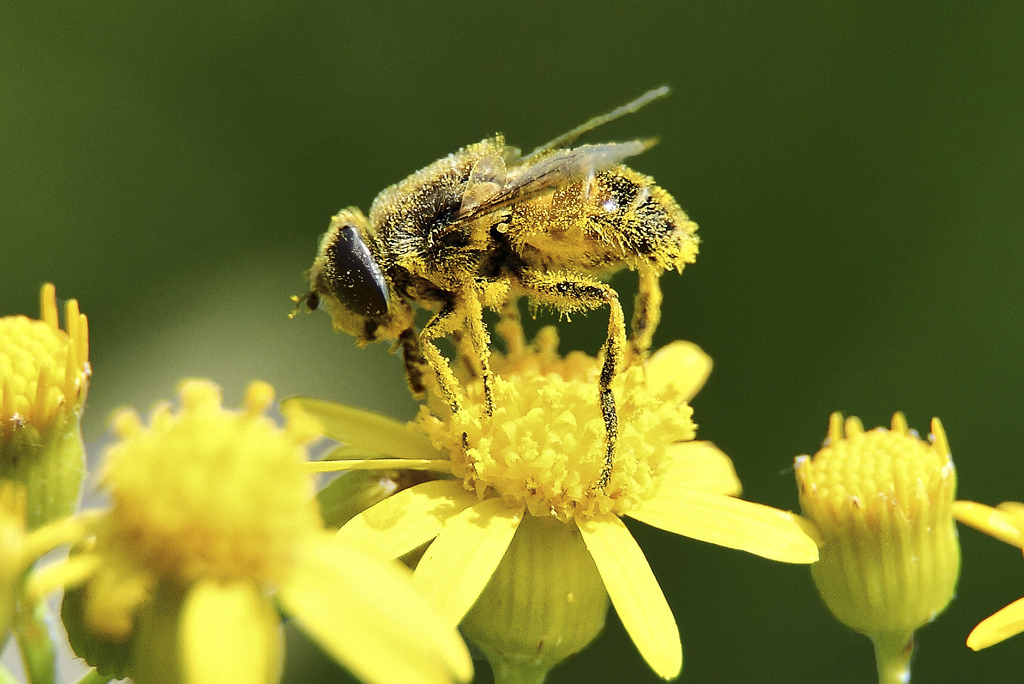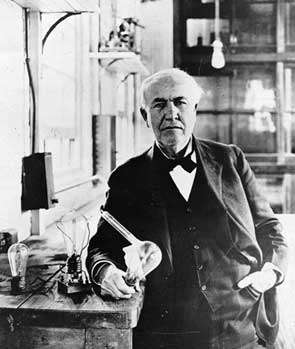CSIRO Public Events
Simon Watts2021-02-03T08:51:38+11:00The Commonwealth Scientific and Industrial Research Organisation – better known as the CSIRO – has scientists in laboratories and out ‘in the field’ all across the country, working on everything from developing better mining methods to controlling introduced species, , or collaborating with partners such as NASA in space exploration. The CSIRO also holds many public events throughout the years, from public talks and forums to tours of facilities or , Visit the CSIRO Events website to find something on near you.










